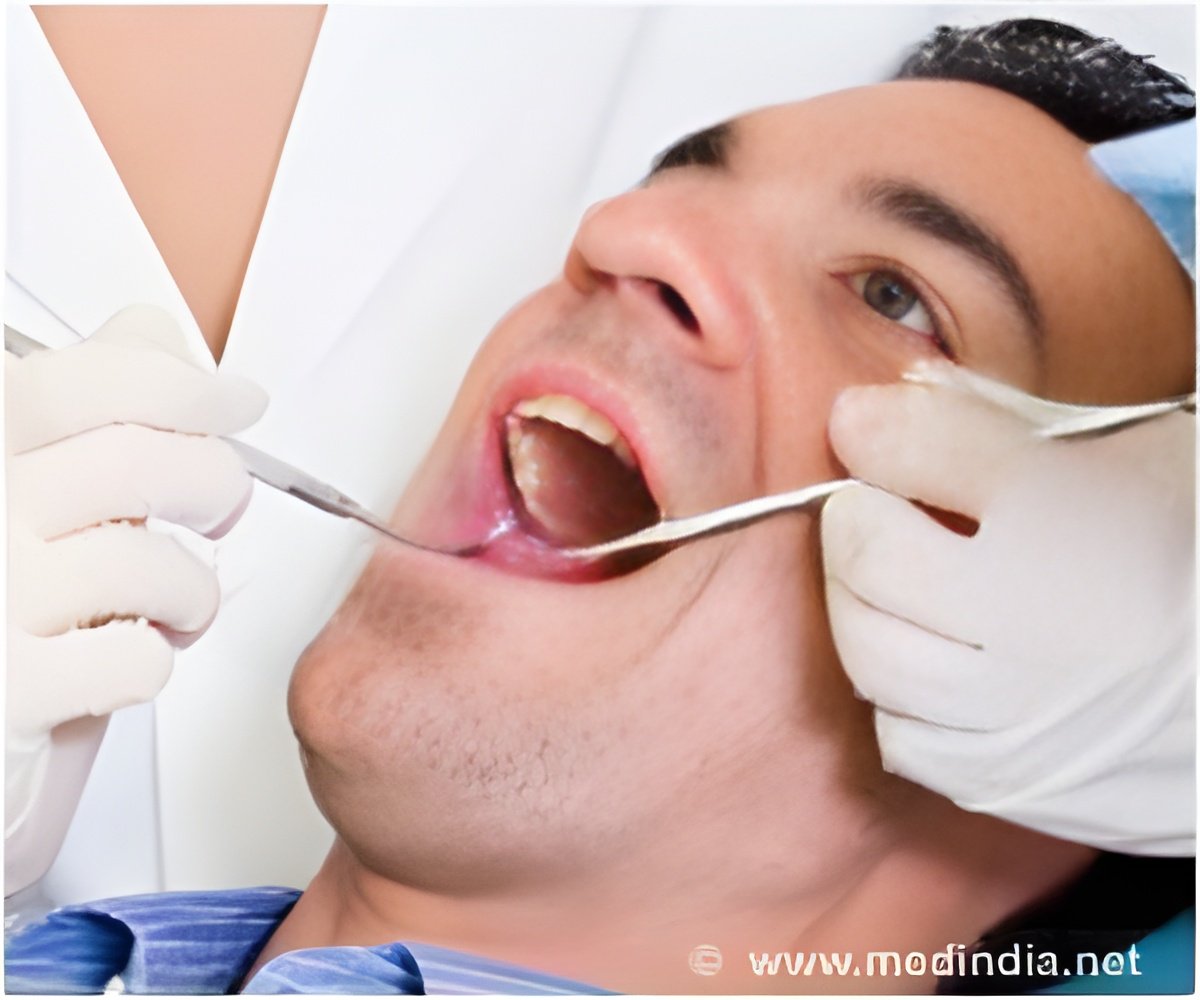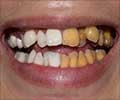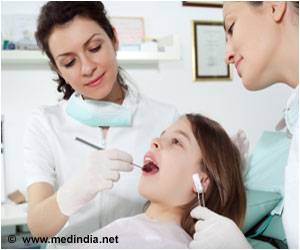Mary Anne Sampaio de Melo will present a research study titled Antibacterial Orthodontic Cement Containing a Quaternary Ammonium Monomer Dimethylaminododecyl Methacrylate .

DMADDM with an alkyl chain length of 12 was synthesized and incorporated into the cement at mass fractions of 0%, 1.5% and 3%. Orthodontic cement Transbond XT served as control. Shear bond strength of metal brackets to human enamel was measured. Cement remnant index scores were determined after bracket failure. A plaque microcosm biofilm model with human saliva as inoculum was used to measure metabolic activity, lactic acid production, and colony-forming units (CFU) for biofilms on orthodontic cements.
Incorporating DMADDM into orthodontic cement did not affect the shear bond strength (13.1 to 14.6 MPa; p = 0.09). Dental plaque microcosm biofilm viability was substantially inhibited when in contact with cement disks containing DMADDM. The new orthodontic adhesive reduced biofilm metabolic activity by up to 66% and lactic acid by 78% (p < 0.05). Biofilm total micro-organisms were reduced by up to 88%, total streptococci by 96%, and mutans streptococci by 98% (p < 0.05).
Increasing DMADDM mass fraction increased the antibacterial potency. Orthodontic cement containing 3% DMADDM was the most strongly antibacterial. These results show that the DMADDM-containing orthodontic cement inhibited biofilms and lactic acid without compromising the enamel bond strength, and hence may be promising to reduce or eliminate demineralization in enamel around orthodontic brackets.
Source-Eurekalert









